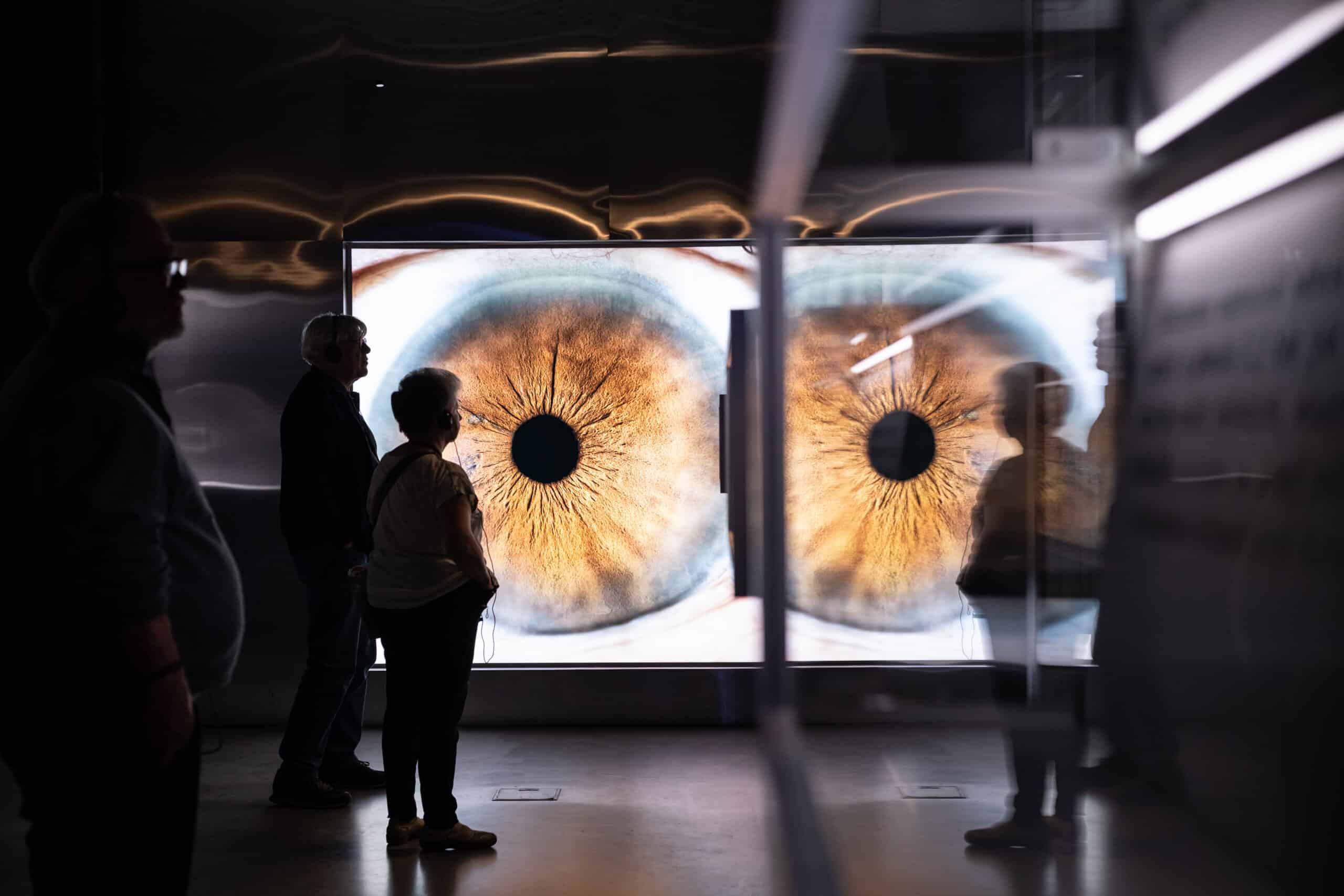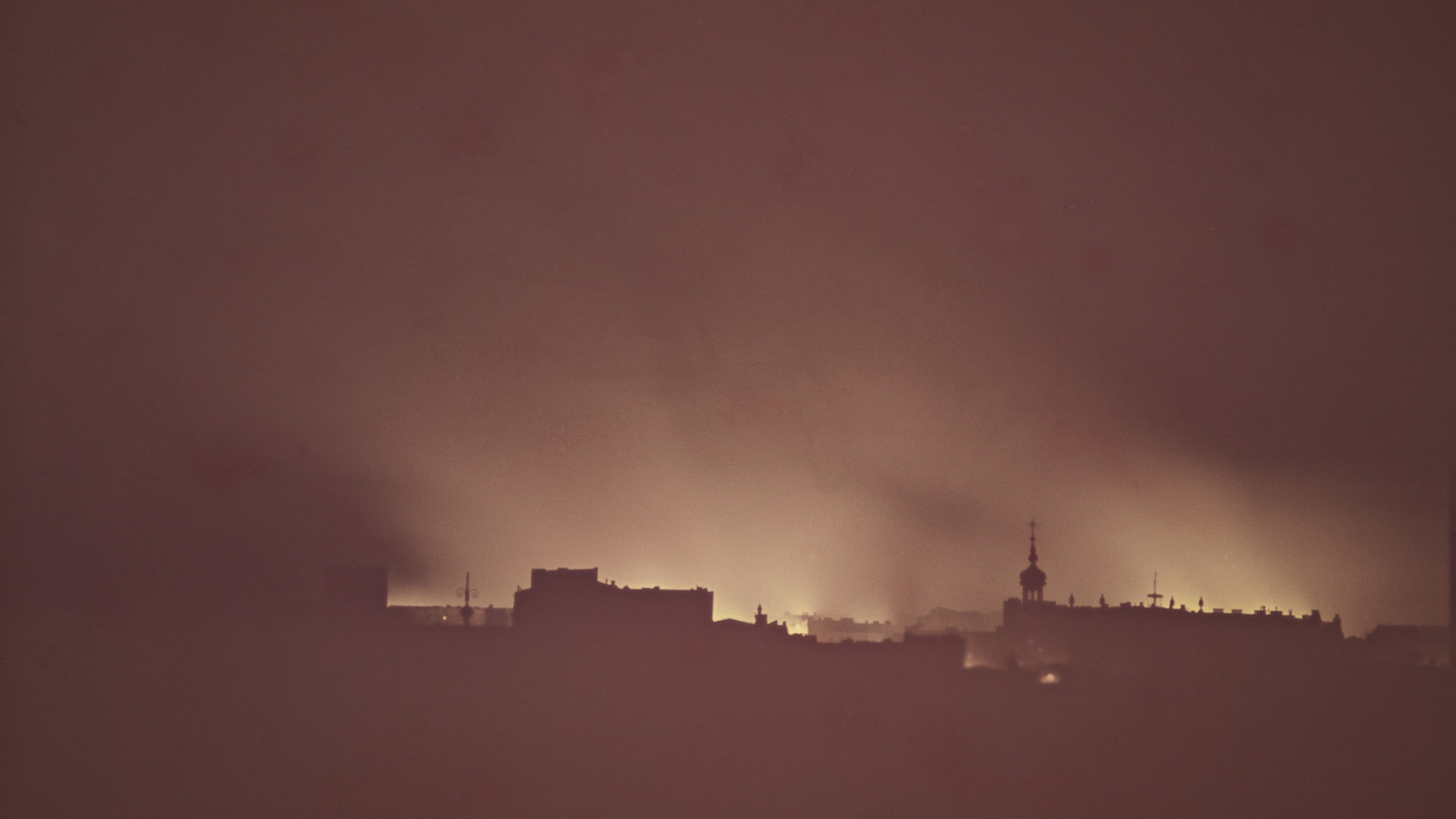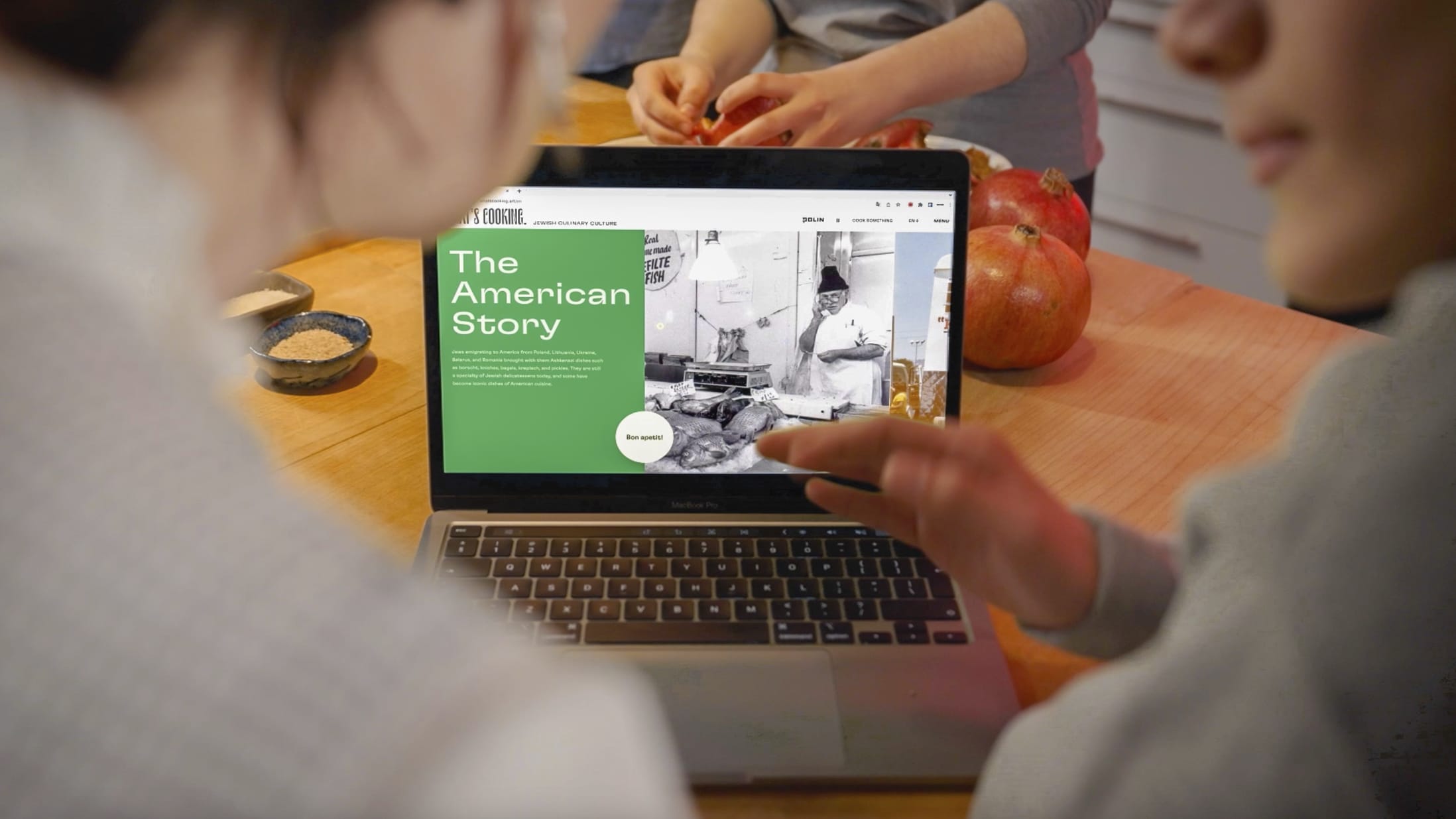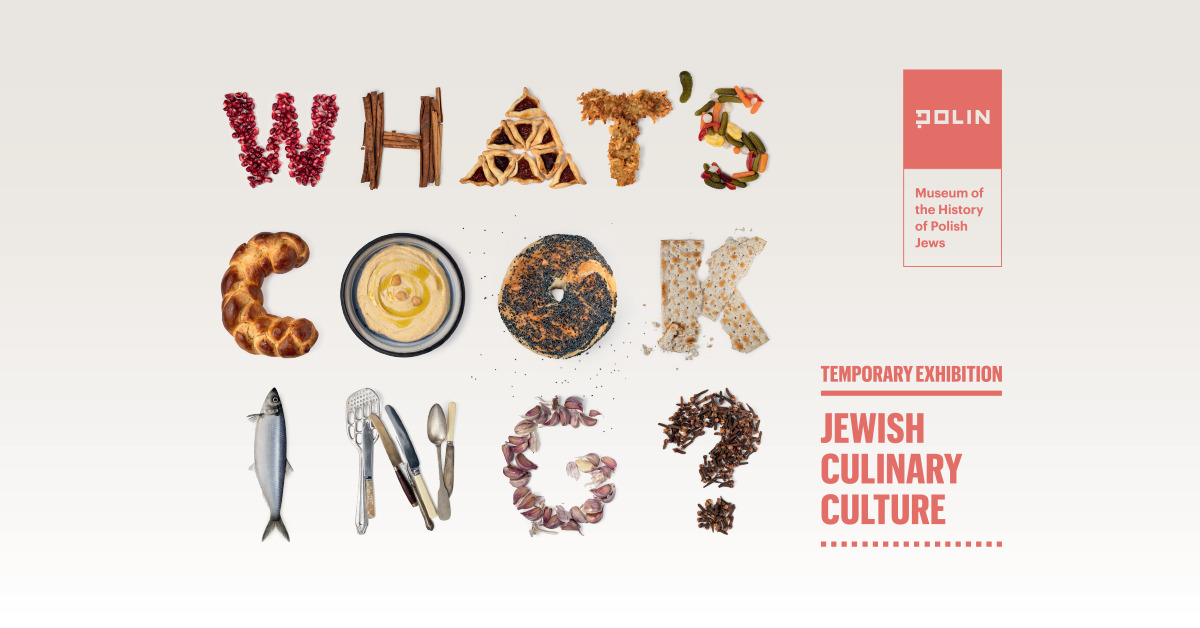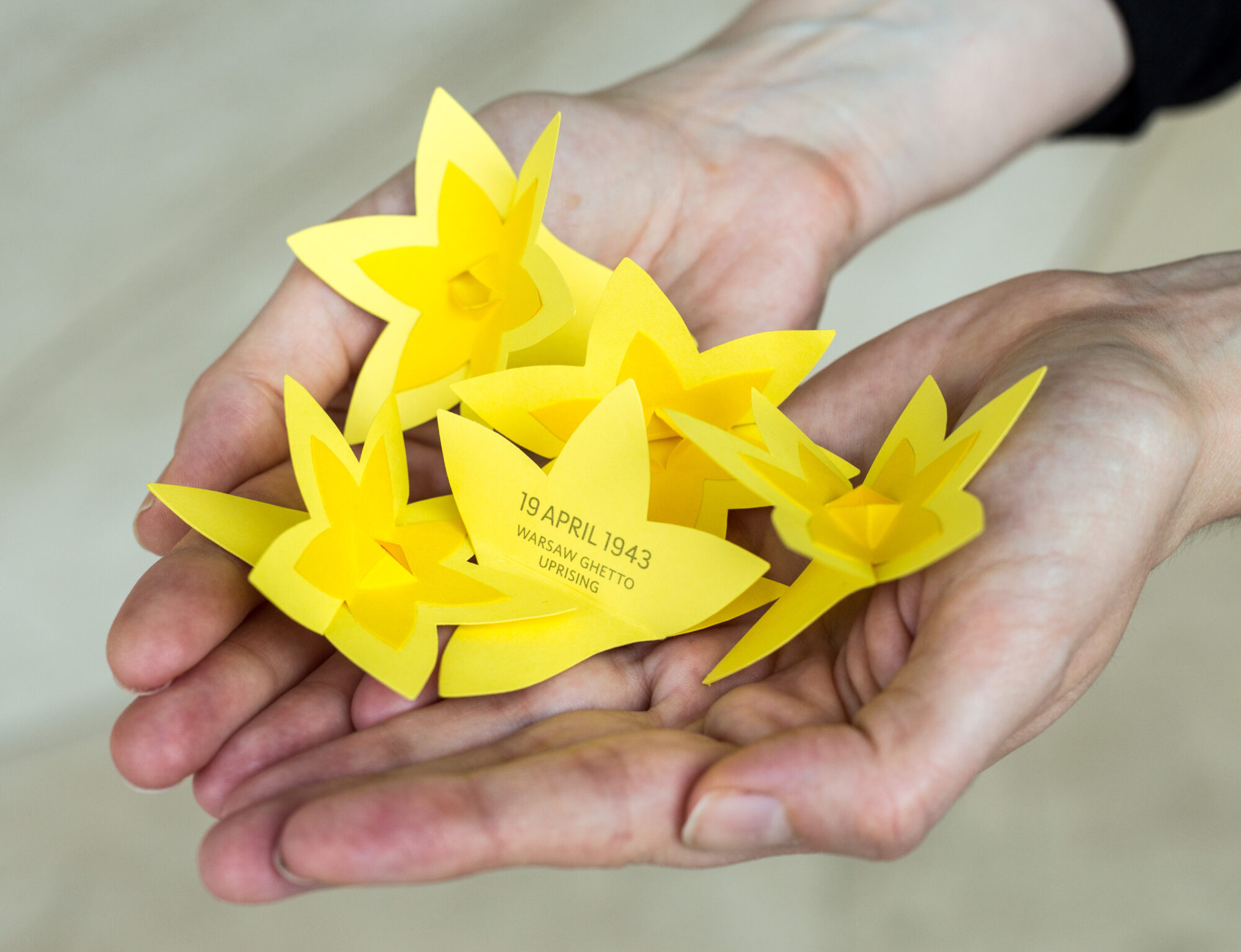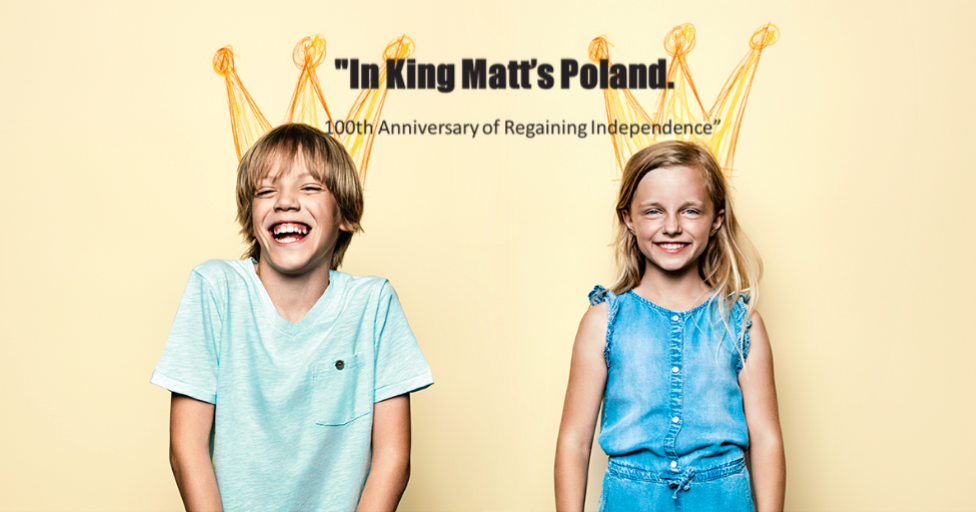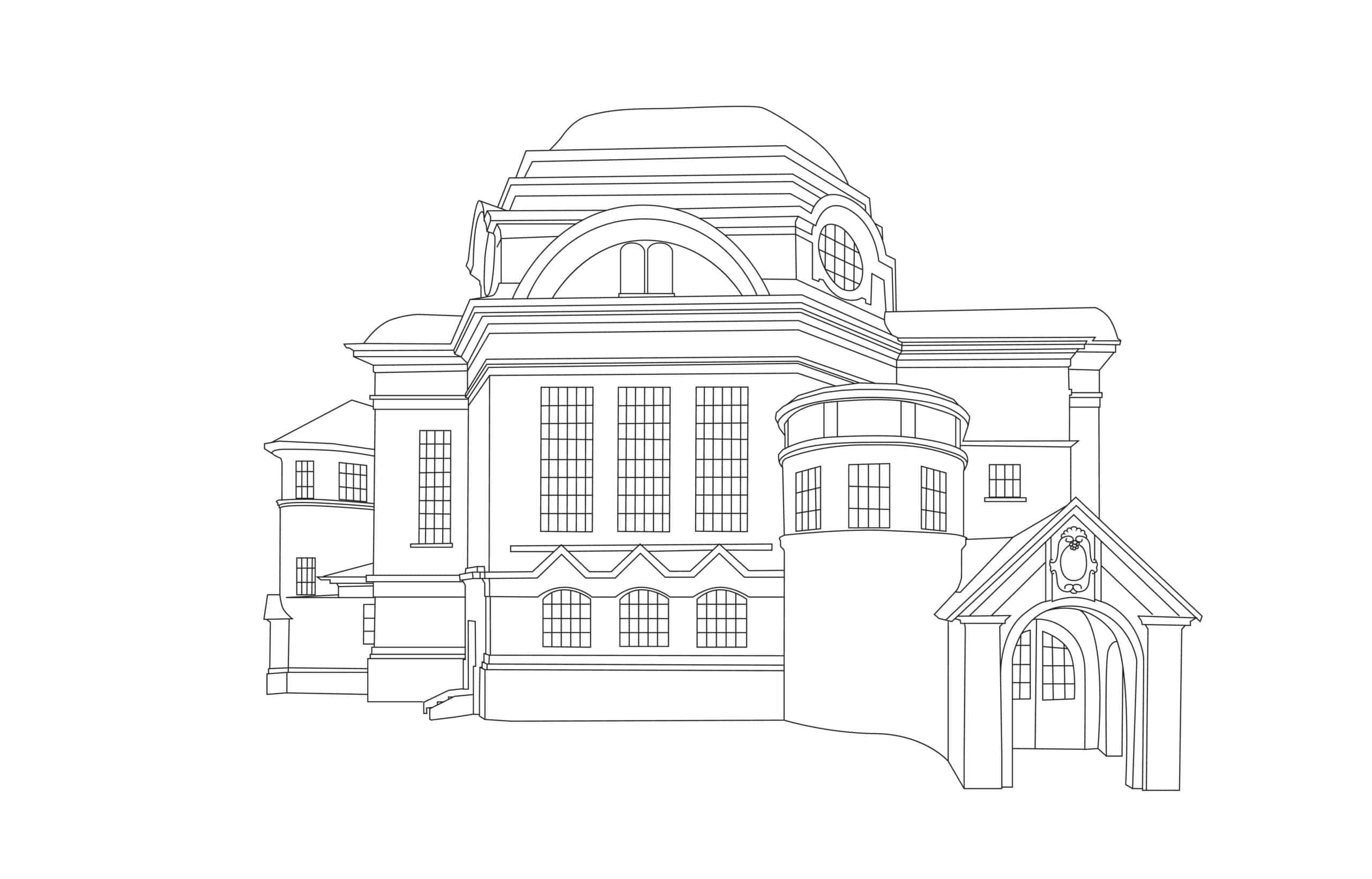 Exhibition
Exhibition
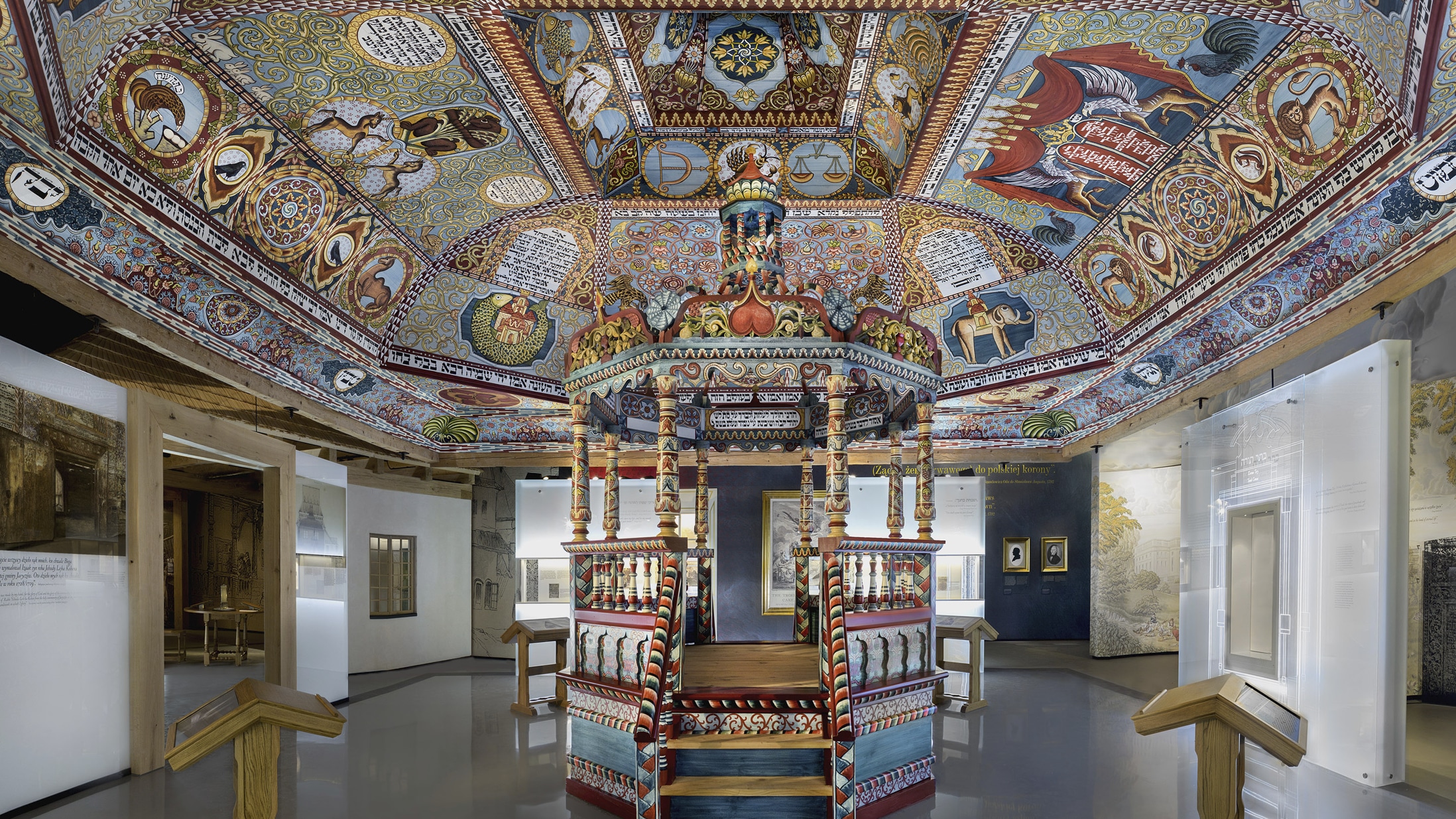
POLIN Museum of the History of the Polish Jews
POLIN Museum of the History of Polish Jews (POLIN Museum) is the first and only Museum dedicated to restoring the memory of the history of Polish Jews over the course of a millennium. As an educational and cultural institution, the Museum is dedicated to encouraging dialogue in the spirit of mutual understanding and respect.
POLIN Museum was founded at a symbolic location in the centre of Warsaw: Muranów – the area of pre-war Northern District inhabited mainly by Jews and transformed by the Germans into a ghetto during the Second World War. The Museum completes the area’s symbolic message: while the nearby Monument to the Ghetto Heroes commemorates Polish Jews who perished in the Holocaust, the Museum is a reminder of how they lived.
At the heart of POLIN Museum is the Core Exhibition, a journey through 1000-year history of Polish Jews – from the Middle Ages until today. Visitors will find answers to questions such as: how did Jews come to Poland? How did Poland become the center of the Jewish Diaspora and the home of the largest Jewish community in the world? How did it cease to be one, and how is Jewish life being revived?
The exhibition is made up of eight galleries, spread over an area of 4000 sq.m., presenting the heritage and culture of Polish Jews. We show the social, religious and political diversity of Polish Jews, highlighting dramatic events from the past, the Holocaust, and concluding with contemporary times.
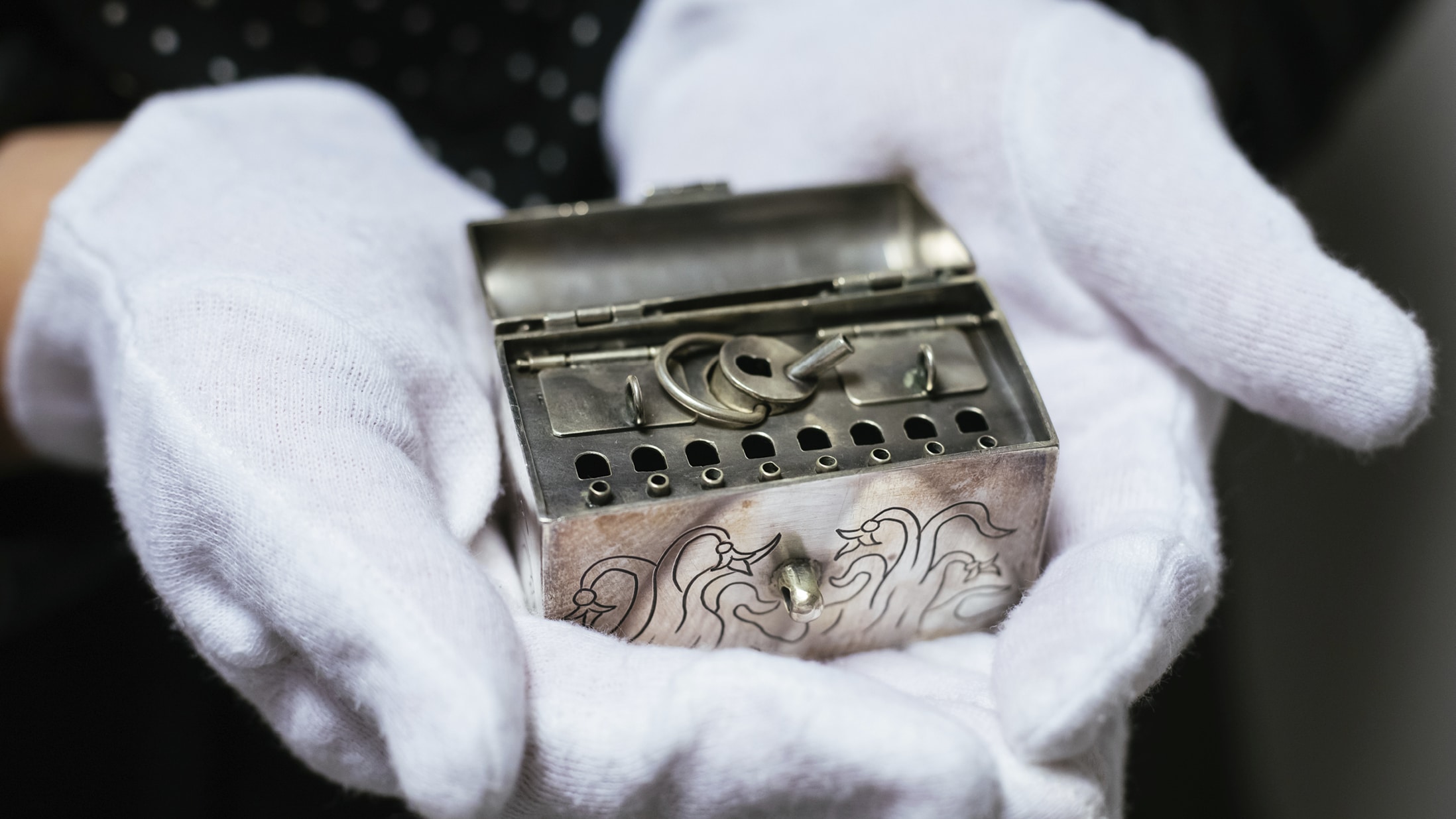
The Core Exhibition is a narrative: visitors will be drawn into a story told by artefacts, paintings, interactive installations, reconstructions and models, video projections, sounds and words. Our focus is on life, therefore at each stage of the journey we strive to remain close to life by letting people speak – Jewish merchants, scholars or artists from a given era, rabbis, housewives, politicians, chroniclers and revolutionaries. We give the floor to those who perished and to those who survived.
The museum’s program follows the model of modern museology, in which exhibition and scientific activities are combined with a rich cultural and educational program. Therefore is organizing temporary exhibitions – presenting works and artistic installations, collections of memorabilia, and historical events and places. The museum hosts excellent musicians presenting the whole range of genres: classical, klezmer, jazz and rock music. The rich program also includes theatrical performances, film screenings, lectures and debates with scientists and public figures, workshops for children and adults. In addition to its activities at its headquarters and outside, the museum is also active on the Internet.
This year, the Europa Nostra Award was awarded to the TISZ Jewish Food Festival project.
The name TISZ Festival is taken from the Yiddish language [Yidd. “table”] and refers to the joyful time spent eating, drinking and talking at a common table. The project popularizes knowledge about the culinary culture of Ashkenazi Jews from Central and Eastern Europe and shows its migration to other parts of Europe.
The collections of the Museum of the History of Polish Jews bring the past into focus and point the way to the future.
The Museum of the History of Polish Jews has a rich and varied collection of over fifteen thousand artifacts related to Jewish heritage. Our collection is made up of objects of unique artistic and historical value, including artworks, handicrafted artifacts, especially those that bear testimony to Jewish religion and culture. Memorabilia forms the largest part of the collection, including photographs, personal and historical documents with incredible, moving stories told by those who donated them.
Here you can find our Polish Facebook Page.
